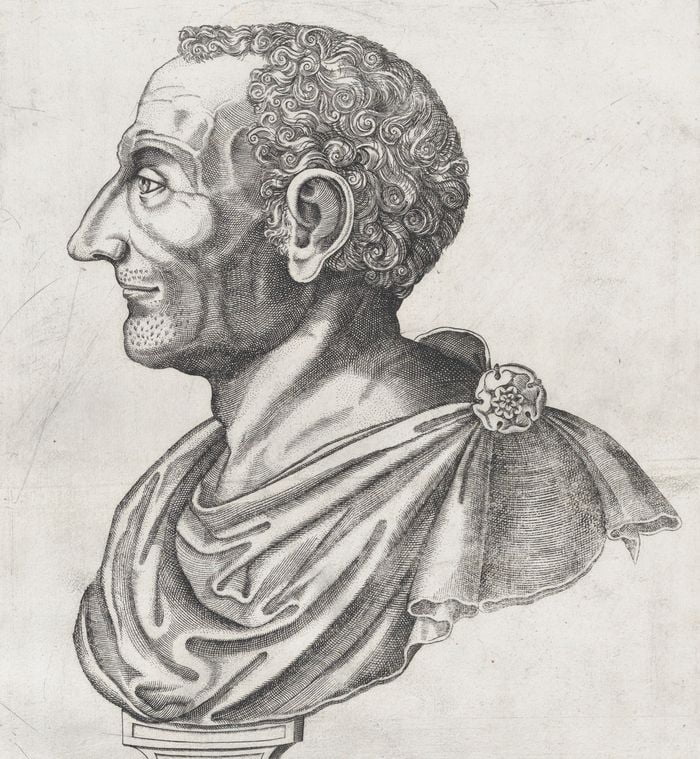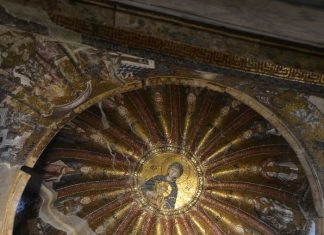Parthian Rule in Seleucia
Seleucia, the key commercial center of Iraq, thrived even more under the Parthians than it did under the Seleucids. In the first century A.D., its population reached an impressive 600,000 inhabitants. The Parthians, favoring rural life, left their Greek citizens undisturbed. Interestingly, the Greeks continued to mint coins dating back to Seleucus I’s reign (312 B.C.). Beyond Seleucia, the Parthians established a military camp across the Tigris, laying the foundation for the future city of Ctesiphon Maccabean Struggles and Parthian Rise.
Eastern Frontier Challenges
Mithradates, in his final three years, grappled with issues on the eastern frontier. The Huns, defeating and displacing the Tocharians (Yuezhi), triggered a chain reaction affecting the Parthians. Tocharians moved westward into Central Asia, displacing the Scythians, who subsequently raided Parthian and Bactrian territories. Phraates II (138-128), the succeeding Parthian king, faced dual challenges from the west and east. Treating the captive Demetrius II well, possibly as a future puppet monarch in Syria, Phraates dealt with Demetrius’s repeated escape attempts. Antiochus VII, Demetrius’s brother, made a final attempt to reclaim lands east of the Euphrates, defeating the Parthians thrice and occupying key Iranian cities. However, Parthia’s successful rebellion, led by Phraates Bulgaria Tour, resulted in Antiochus’s death, the capture of his troops, and the return of Demetrius to the Syrian throne. The loss of eastern Seleucid territories was irreversible, pushing the western civilization’s frontier back to the Euphrates.








